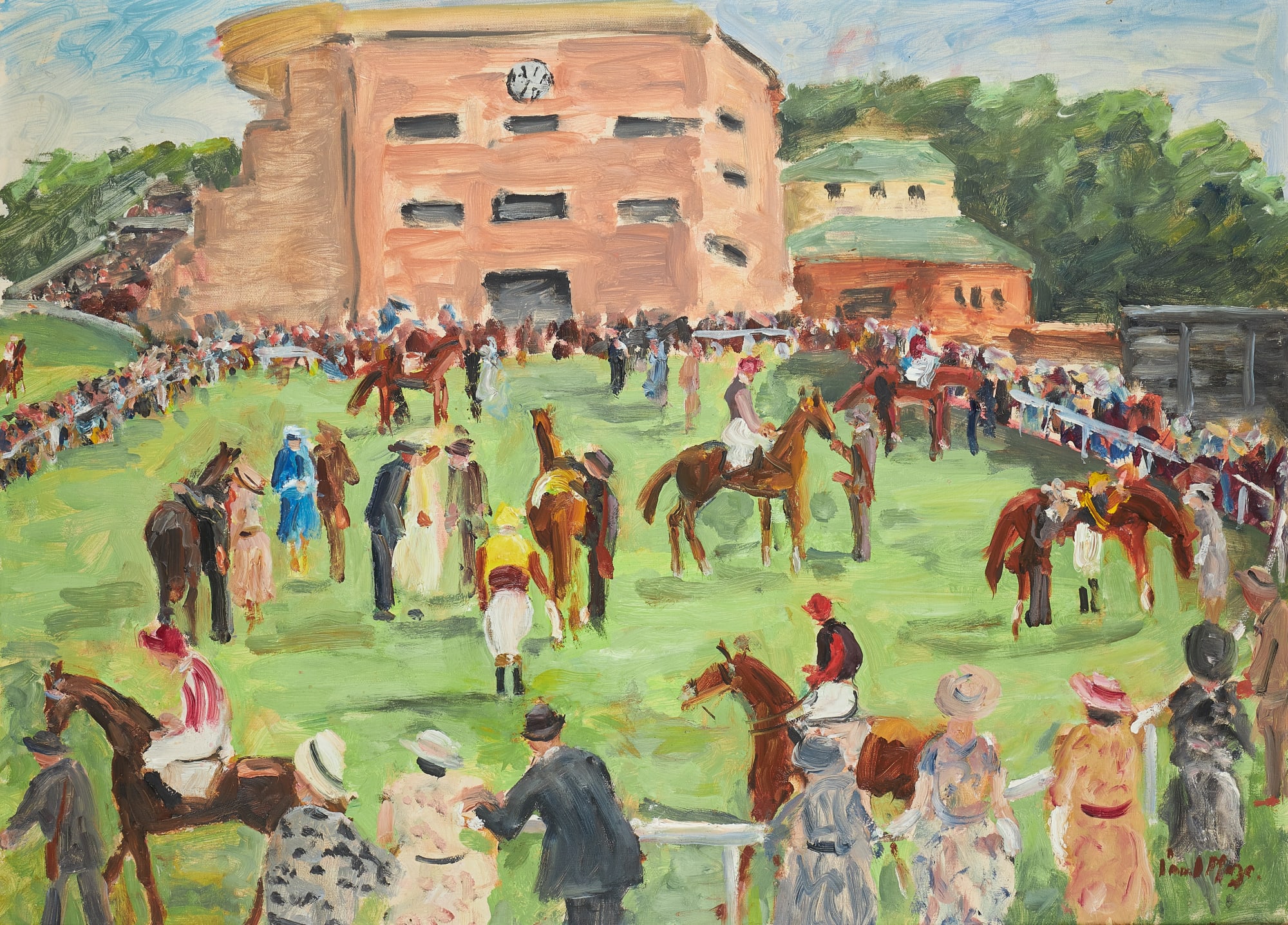

HMS Breadalbane was a supply ship that with HMS Phoenix captained by Edward Augustus Inglefield (1820-1894), was servicing the large 1852 Edward Belcher led expedition to search for the lost explorer Sir John Franklin. On the night of 21st August 1853 a slab of ice pierced her bow and she sank within 15 minutes. "About ten minutes past four a.m., the ice passing the ship awoke me, and the door of my cabin from the pressure opened: I immediately hurriedly put on my clothes, and on getting up found some hands on the ice, endeavoring to save the boats, but they were instantly crushed to pieces; they little thought when using their efforts to save the boats, that the Breadalbane was in so perilous a situation. I went forward to hail the Phoenix, for men to save the boats, and whilst doing so, the ropes by which we were secured parted, and a heavy nip took the ship making every timber in her creak, and the ship tremble all over. I looked in the main hold, and saw the beams given away; I hailed those on the ice and told them of our critical situation, they not for one moment suspecting it. I then rushed to my cabin, hauled out my portmanteau on the deck, and roared like a bull to those in their beds to jump out and save their lives. The startling effects on them might be more easily imagined than described. On reaching the deck those on the ice called out to me to jump over the side, that the ship was going over." The wreck of Breadalbane was rediscovered in August 1980. She is one of the most northernly shipwrecks ever located and due to the Arctic ice, is one of the best-preserved wooden ships. There have been many dives on her site over the last forty years and many artefacts recovered, consequently she is considered an important historical time capsule. Although unsigned, this work is much in keeping both in style, materials and paper size with others by Inglefield of the same or similar subject held in the collections of the Royal Museums at Greenwich.